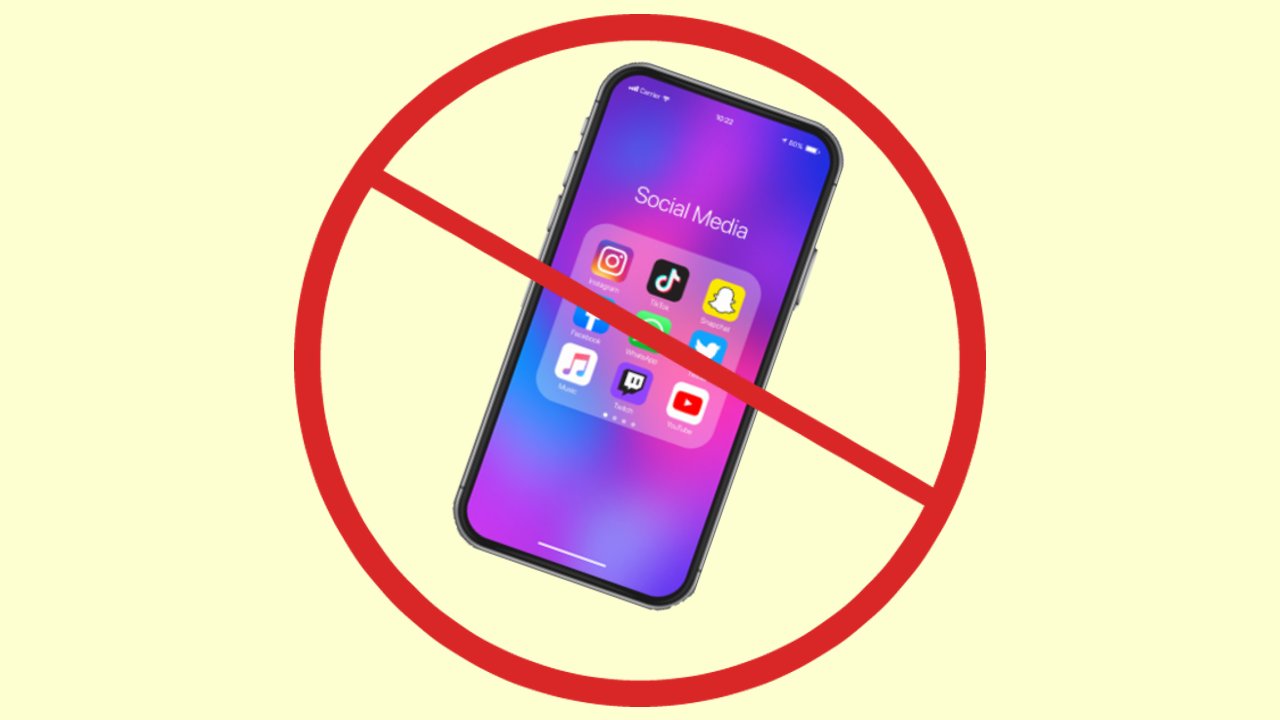Have you ever scrolled through photos of an event and wished you were there? How about when you miss a day of work—do you feel like you’re not “in the loop” regarding the latest gossip and news?
If so, you may have been experiencing FOMO, or "fear of missing out". While humans are wired for connection, sometimes our brains take it too far. Instead of experiencing minor jealousy because of what our friends are doing, we ruminate over missing out on their activities.
Here's why FOMO happens and how to minimize the worry.
Too long; didn’t read
- Everyone can become overwhelmed by fears of missing out—regardless of neurotype.
- The most vulnerable populations for experiencing FOMO are teens, millennials, people with depression or ADHD, and frequent social media users
- Don’t be afraid to be picky about the experiences you decide to participate in, and which ones you decline.
- There’s nothing wrong with seeking professional help.
- Set the right goal; compare the goal to your situation; stop and think before acting.
What is FOMO?
The acronym FOMO stands for "fear of missing out", which usually occurs when we are aware that others are doing things without us. All these feelings center around a sense of helplessness and rejection.
And while everyone can experience it, having attention-deficit/hyperactivity disorder, or ADHD, can exacerbate FOMO—especially when combined with excessive social media use.
Signs you may be experiencing FOMO
- Unhappiness or loneliness
- Low life satisfaction
- Increased social media or smartphone usage
- Inability to say ‘no’ or decline invitations
- Anxious feelings when you don't know what your friends and family are doing
- Fear that others have more satisfying experiences than you
- Frustration or anger when missing events
- Inability to disconnect from social media and ‘be present’
Effects of FOMO
- Increased social anxiety1
- Disordered sense of self
- Low self-esteem
- Lower emotional stability
- Depression
- Higher risk of suicide6
- Loneliness
- Inability to make decisions
- Poor sleep hygiene
- Decreased productivity
- Poor eating habits
Who experiences FOMO the most?
1. Frequent social media users
Constant awareness of what others are doing through social media only worsens FOMO. Updates and notifications draw attention from our own goals and values in life, and refocus it on the success and happiness of others.
As a result, we may find ourselves regularly comparing our lives to others-, which can harm lower self-esteem and only cause more feelings of FOMO.
Some call this the Facebook illusion or social media's version of "the grass is always greener."
2. People experiencing depression
Feeling unsatisfied with your life and unhappy with your situation can increase your risk of experiencing FOMO.2
3. Millennials and teenagers
Feelings of FOMO are most commonly reported in individuals aged 18-33, though older populations can experience it, too.
Additionally - because teens and millennials typically use social media more than others, they may be more prone to more mood upsets.2
4. People with ADHD
In a way, ADHD and FOMO may feed off one another. People with ADHD often find it challenging to shift their attention away from social media; and the fear that they may miss out on something can drive them to interact more on social media.
So, it becomes a vicious cycle.
The more you engage, the greater the fear of missing out, the more you engage, the greater the—you get the idea.
How technology affects our mental well-being
Mobile usage makes it easier than ever to quench our need to find out what we’re missing. However - once we do, the satisfaction is short-lived, and the cycle of FOMO begins again.
Tech use and social media
Those with high social media and smartphone usage report FOMO more often3, but it’s important to note that this isn't necessarily correlated to age or gender.
In other words, FOMO can affect all population groups, and the symptoms are often the same.
Mental health and social media
The constant influx of photos, invites, and social posts about gatherings can easily prompt the nagging FOMO feeling, which can develop into unhappiness, depression, anxiety, attention issues, and even reduced psychological well-being.4
A study on adolescents found that social media engagement increases when someone is feeling anxious or depressed, likely as a way to subconsciously seek dopamine.5
How to minimize and cope with FOMO

1. Find your triggers and avoid them when anxious or depressed
For example: social media.
You don’t have to remove social media from your life entirely, but you can remove triggering accounts from your feed—people that are constantly negative, boastful, or even people that display toxic positivity.
2. Replace public approval with journaling
Consider writing about your experiences in a journal rather than posting it online. If we teach ourselves to only get validation from outside sources, then not getting it can diminish positive feelings.
3. Increase quality time with real-life friends and family
Humans are designed to seek out relationships and bonds, and social media is a quick fix—but it can also do more harm than good. Instead, boost real connections with friends and acquaintances.
A simple call or text can foster a genuine connection without the background noise of social sites.
4. Practice gratitude and mindfulness
Take a few minutes each day to reflect on what you’re grateful for, no matter how big or small it may be. Gratitude interventions can even increase the joy and happiness of those around you.7
5. Try a digital detox
Install a time management app on your phone to prevent access to social media. If you’re really serious about this, you can go on an all-out digital detox retreat that bans smartphones.
6. Consider therapy
There's nothing wrong with reaching out to others for help!
Three steps to no mo’ FOMO
Step 1: Choose the "right" goal
Take a step back to see the bigger picture of your life goals—they may pertain to family, work, or social life. Establishing clear goals can help us avoid the temptation of dwelling on things that don't pertain to us.
Re-frame your mindset to understand that you don't need to look to others' goals to meet your own.
Step 2: Stop comparing real progress to social media
Remember the Facebook illusion? It makes us overvalue others' experiences and undervalue our own. As a result, we may end up feeling inferior for what we don't have, even if attaining those things wouldn't even get us closer to achieving our own goals.
People—especially on social media—tend to downplay negatives and over-represent the positives. Consider the reality behind what you see.
Step 3: Stop. Think. Act.
If and when FOMO does strike, consider what you can learn from your emotions.
For example: do you really need to change your behavior, or do you simply need to work on improving an unhelpful mindset?
FOMO evaluation checklist:
- Identify the emotion
- Evaluate its helpfulness
- Consider if a behavior change would align your situation and goals
- Act accordingly (even if that means accepting the emotion as negative or unhelpful)


.jpeg)



.jpg)

